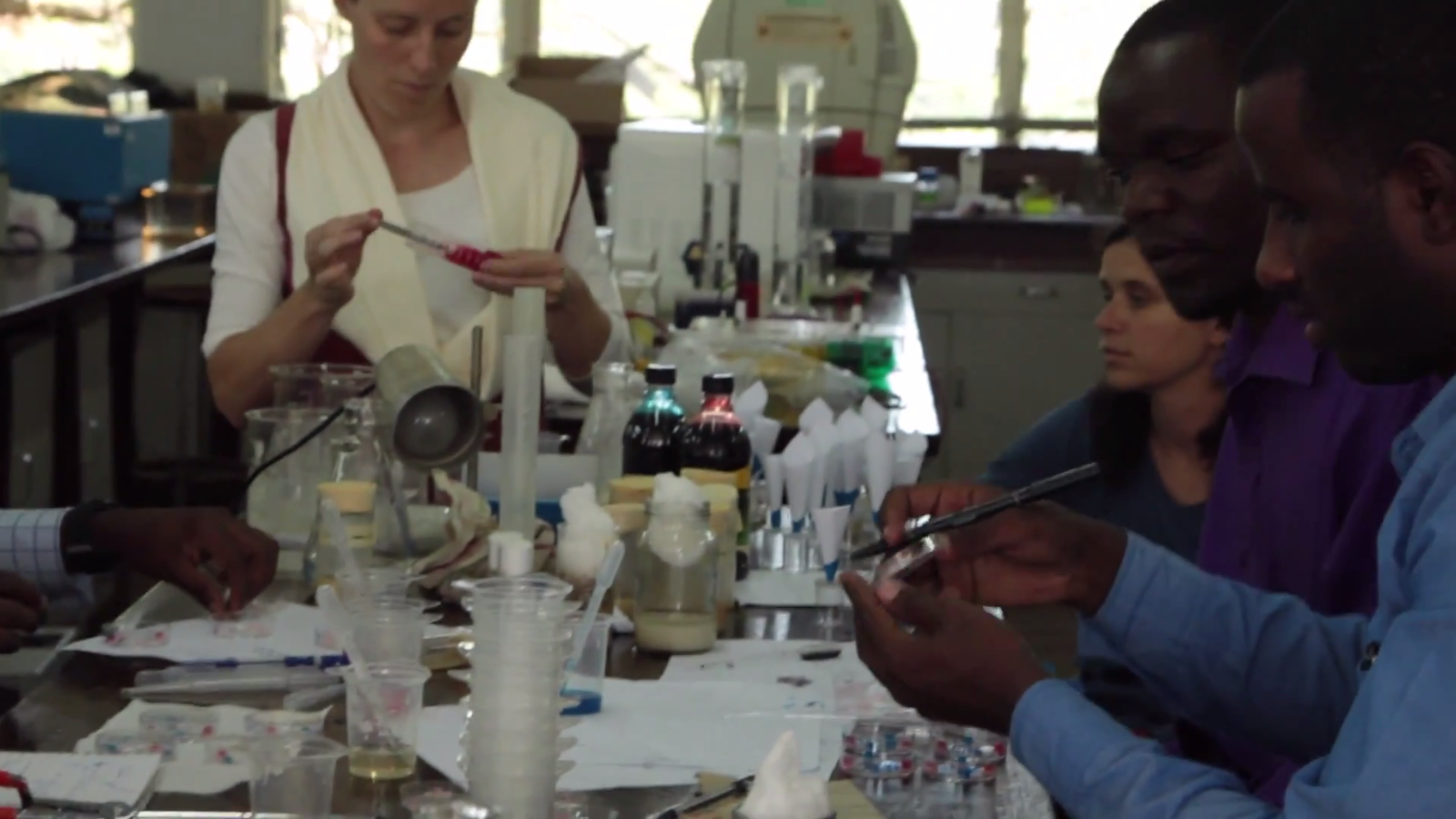

The human brain is the most powerful computer we know of, and how it works remains one of the greatest unsolved mysteries. To dive in, two organizations of neuroscientists are looking for help everywhere they can, and not just in the developed world–they’re teaching aspiring young researchers in the developing world a do-it-yourself approach to neuroscience, including 3D-printing their own lab equipment.
Neuroscientists usually rely on sophisticated, powerful technology to help them probe the secrets of the nervous system. But this machinery is quite costly, placing it out of reach of many would-be researchers. Neuroscientist Tom Baden at the University of Tübingen in Germany and his colleagues want to help democratize science so that everyone can pursue it. “Money should not be an insurmountable barrier to a curious mind,” Baden said.
One project to help foster science in places where specialist equipment is too expensive is Open Labware, which relies on creating lab equipment based on freely shared, open-source designs for a fraction of what commercial alternatives cost. These designs work with 3D printers, which deposit layers of materials like plastics just as ordinary printers lay down ink–except that 3D printers build up those layers on top of each other to make physical objects.
To promote the many possibilities of Open Labware in the developing world, two science organizations–Teaching and Research in Natural Sciences for Development (TReND) in Africa and Backyard Brains–have held a dozen multi-day workshops in Chile and Mexico, four three-week summer schools in Uganda and Tanzania, and more than 100 neuroscience outreach events and lectures on four continents. All told, more than 10,000 students, teachers, and parents have taken part.
One popular activity involved assembling a spikerbox from off-the-shelf parts, a device that allows one to hear and see the electrical impulses, or spikes, from nerves and muscles. The volunteers looked at circuit diagrams, soldered electronic components such as chips and capacitors onto printed circuit boards and used spikerboxes to record spikes from locust or cricket legs.
“Many classic experiments that learned how nervous systems work came from invertebrates such as large insects–much of what we know of how neural circuits connect and function comes from them,” said Baden, co-founder of TReND in Africa. “They have nervous systems much simpler than most vertebrates, so experiments on insects are easy compared to species like mice. Insects such as locusts and crickets are also easy to get from the areas where we hold these events, and they have nice big hind legs, so it’s easy to pick up activity from muscles there.”
Although studying insect legs was initially daunting, especially for the many participants without any previous experience in electrical engineering, “people were very excited to do it,” Baden said. Building equipment from scratch led to curiosity, to playing with the results to see if they could be improved or modified to suit a new purpose–like one student in Mexico, who connected a spikerbox to an off-the-shelf robotic limb so he could close the droid hand by tensing his forearm muscles.
“In school, kids are taught that the brain is a mysterious organ that everyone would love to understand, that we’re only scratching the surface of,” Baden said. “These handheld tools help them see some of these things themselves. We generate a lot of enthusiasm with this.”
The researchers also introduced students to 3D-printed lab tools, like micro-pipettes and micro-manipulators. (Pipettes are basically eye droppers, while manipulators are probes.) Micro-pipettes and micro-manipulators are microscopically precise versions of those scientific instruments. Volunteers use micro-pipettes to deliver tiny droplets of chemicals that can detect the presence of infinitesimal quantities of certain molecules, while they employ micro-manipulators to hold electrodes in place to detect electrical signals from fruit fly retinas, Baden explained.
“People hear about concepts of neuroscience in lectures, but they usually never get a chance to do an experiment firsthand–the equipment’s not in place at many of the universities we teach at,” Baden said. “The nice thing about 3D printing is that it can create complex mechanical parts out of thin air at low cost. You can design the computer models for components yourself that are very specialized for what you need. You can ask colleagues to send 3D models, or you can improve on existing models.”
This year, TReND in Africa began a campaign to start a 3D-printing facility in Dar es Salaam in Tanzania. The aim is to make it a sustainable business that prints lab equipment for universities, greatly reducing the cost and shipping time for scientific instruments such as pipettes.
By teaching students and teachers about 3D printing and electronic skills, “the hope is they will spread that knowledge and get their colleagues interested in these tools,” Baden said. “We hope to help get people globally to contribute to this research.”


How We Get To Next was a magazine that explored the future of science, technology, and culture from 2014 to 2019. This article is part of our Design & Innovation section, which looks at new devices, concepts, and inventions that are changing our world. Click the logo to read more.
